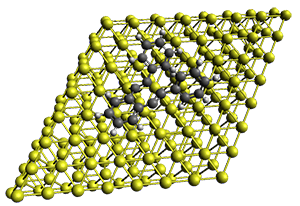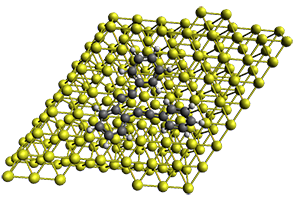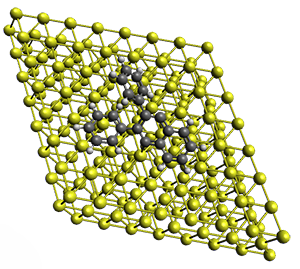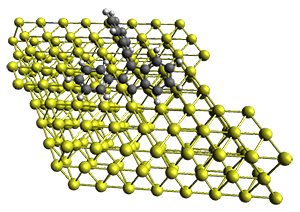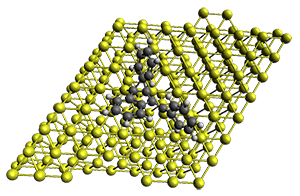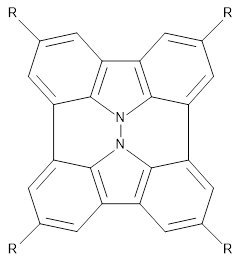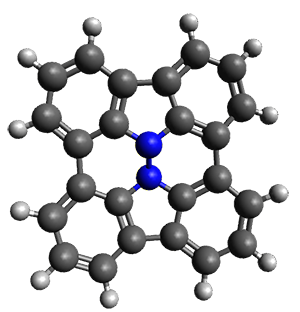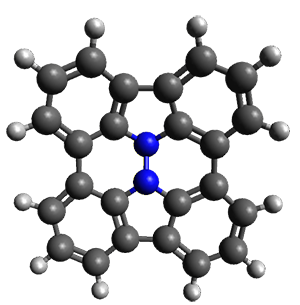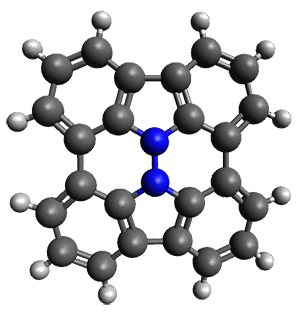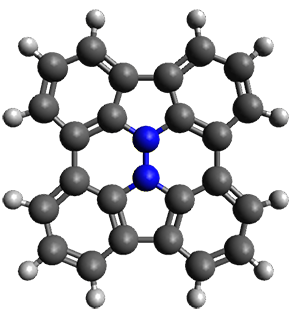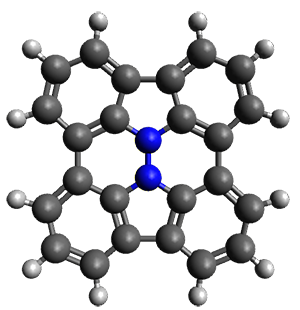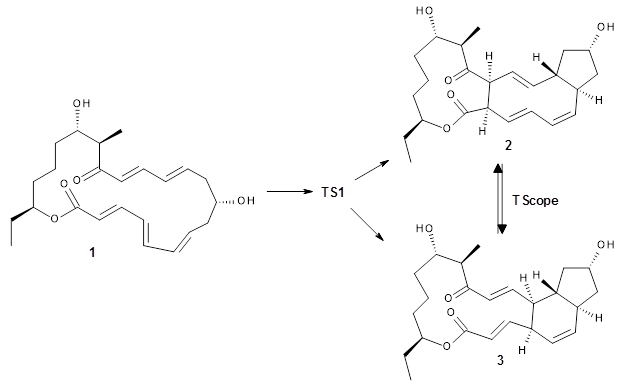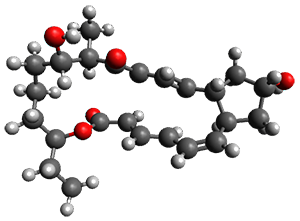Lin Shen, Jingheng Wu, and Weitao Yang (2016)
Contributed by Jan Jensen

This work is licensed under a Creative Commons Attribution 4.0
Contributed by Jan Jensen
There has been a lot of work on estimating high level energies from low level energies, most of which have focussed some kind of interpolation or extrapolation. However, this has been particularly challenging for QM/MM-MD studies where thousands of semiempirical energies contribute to the PMF but only hundreds of high level calculations are feasible.
Yang and co-workers offer an interesting solution to this problem by using the high level calculations to train a neutral network to estimate the energy correction, which can then be used to estimate the high level energies for all thousands of geometries from the semiempirical QM/MM-MD. Thus, the PMF can be computed "from scratch" at the high level rather than correcting the low level PMF.
The approach is based on work by Behler and Parrinello, but with three tweaks geared towards this particular problem.
1. The neural network is trained to reproduce an energy correction rather than a total energy.
2. Mulliken charges are used as input, in addition to atomic coordinates of the QM region, to provide some information about the interaction with the MM environment.
3. A subnet is added to the neutral net that depends on the reaction coordinate and the potential of mean force obtained at the low level to improve accuracy.
The method is tested for three relatively small systems in water, so that high level PMFs can be computed rigorously for comparison. The results are quite impressive. For example, the free energy of glycine zwiterion is ca 8 kcal/mol higher in energy than the neutral form at the SCC-DFT/MM level but ca 8 kcal/mol lower in free energy at the B3LYP/6-31G(d)//MM level of theory. This latter value is reproduced to within 0.1 kcal/mol by the machine learning approach using only 500 B3LYP/6-31G(d)//MM energies to train the neural net. For comparison, the PMF requires 50,000 energy evaluations.

This work is licensed under a Creative Commons Attribution 4.0







